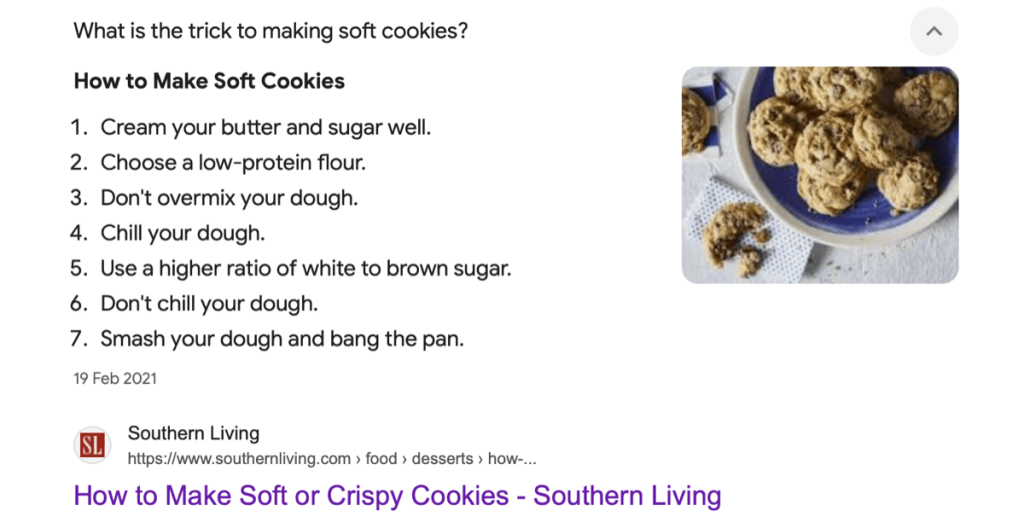
That is the way the Google Cookie Crumbles. A good example for my class to look past the first results.


That is the way the Google Cookie Crumbles. A good example for my class to look past the first results.
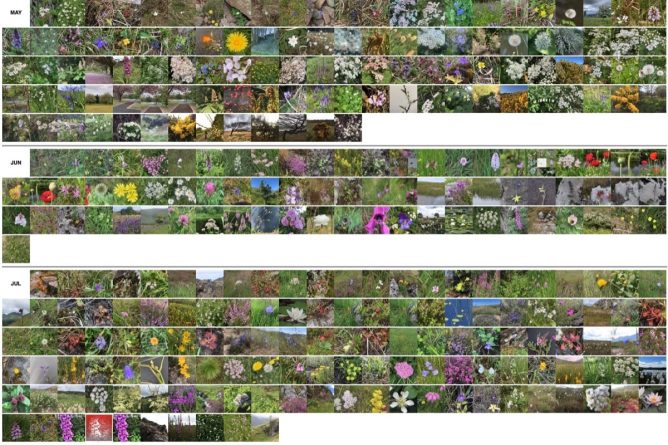
As someone with an interest in natural history, I often look forward to seasonal occurrences, the first cuckoo or blackthorn blossom.
I also keep track of some of these things here on my blog and on Flickr. I find searching both places useful for all sorts of reasons, but not for figuring out what to expect or remembering when I’ve heard the first cuckoo.
A while back I, sort of solved the problem here by making a page that allows me to search the blog and order the results by the date without the years.
I’ve been playing about with Flickr searches in the same way and now have a simple page which searches for a tag and order the page by months, ignoring the years. The page loads the tag flora by default. If you give it a t parameter, it will search for that instead: ?t=butterfly. I’ve also brefly tested a u parameter for username. This needs to be a user’s NSID (71428177@N00 not troutcolor), it defaults to mine.
It also also loads the first 500 images, which is a bridge I’ll need to cross for some tags soon.
Update, 22 Aug 2025, I’ve improved this somewhat and moved it here: Flickr By Month. Defaults to butterflies now.
Trying Ecosia – the search engine that plants trees to replace duckduckgo

I am often searching my blog for the time I notice some natural event, the first snowdrop, cuckoo or the like. This requires looking through a few posts. I though I could make something that woud search and sort by day and month, not year. This is it.
Hi Aaron,
I realised I had the same itch! I think the custom google search would do the trick. But I though it might be better to have something built in to WordPress. I found Search WordPress by Custom Fields without a Plugin | Adam Balée Designs, LLC. This requires you edit a functions.php file. I’ve already got one in my child theme so added the code there. It works.

TL:DR I’ve found a link that leads to google image search for images labeled for noncommercial reuse. This is handy on iOS where it is hard to get to the Usage Rights Filter, here is the link: https://www.google.co.uk/search?q=&lr=&safe=active&hl=en-GB&tbs=sur:f&tbm=isch.
Coming back to the classroom after 9 years I find I am still interested in searching for images and copyright. It still seems to be as hard to get young children to understand the problem and harder to understand and carry out attribution.
On my classes blog I link to various places to search for images with some advice on attribution. I include my FlickrCC Stampr tool which can simplify the attribution.
As well as the problem with attribution there is the ever present temptation just to search google. This is made worse by the fact that the Search Tools displayed on iOS lack the Usage Rights popup.
So I was interested in the link I saw today: How to find Google images with reuse licenses on an iPad iOS – Using Technology Better.
Unfortunately this method was described as a hack and took 6 steps to get to the advanced search and the usage rights pop up.
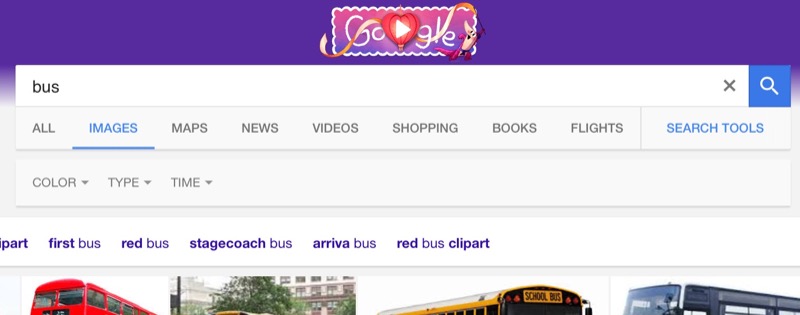

So I though I might have a search for the url parameters1 involved in a search with the Usage rights displayed.
There are quite a lot of parameters and although searching google for a list provides some these seem to be both undocumented and changeable:
You can expect that a lot of this will change. The reason why Google themselves do not provide any guidance or documentation on these parameters is probably that they want to retain full freedom to change how they work. You can expect that some will be removed, some will be added, and others will give a different result than before.
from: Google Search URL Request Parameters | DETECTED Which give a lot of details, but not the one I wanted.
So I went through the process in the Using Technology Better post and copied the url. I then started deleting the parameters until I found the ones that would produce the right kind of search:
https://www.google.co.uk/search?q=&lr=&safe=active&hl=en-GB&tbs=sur:f&tbm=isch
The tbm=isch bit makes it an image search, the tbs=sur:f seems to set the usage rights to Labeled for noncommercial reuse.
So you can now give pupils on iOS a direct link to search for images that labeled for noncommercial reuse.
Featured Image: found searching Flickr for search with no known copyright restrictions: Image from page 211 of “Bulletin” (1961-1962) by Internet Archive Book Images No known copyright restrictions
1. The paramaters are the bits in the url after ? for example ?q=bus&safe=active, makes a search for a bus safe. ↩

There are also evil women. I didn’t go looking for them either. This is what I type: “a-r-e w-o-m-e-n”. And Google offers me just two choices, the first of which is: “Are women evil?” I press return. Yes, they are. Every one of the 10 results “confirms” that they are, including the top one, from a site called sheddingoftheego.com, which is boxed out and highlighted: “Every woman has some degree of prostitute in her. Every woman has a little evil in her… Women don’t love men, they love what they can do for them. It is within reason to say women feel attraction but they cannot love men.”
from: Google, democracy and the truth about internet search | Technology | The Guardian
I’ve long been fascinated by google auto completes but never though of deeper implications.
I read this in the Observer this morning. Thanks to @LillyLyle for digging out the link I couldn’t find (via @IanStuart66)).
I use google all of the time and do pay attention to the auto completes as they often seem to help in refining a search. Sometimes this is just to avoid suggestions, sometime better. I’d not thought about the darker side.
On reading the article I first didn’t think that I paid much attention to auto suggestions (like adverts). I cast my mind back to yesterday when I was searching for a way to draw ‘irregular rectangles’ with JavaScript. I didn’t really find what I wanted, but burrowed down several rabbit holes steered by the suggestions.
I am used to the top google results having some sort of authority. Google a film get IMDB or Wikipedia. This gives pause.
Featured image captured with LICEcap.
Running my auto complete script leads to a few possible questions…
So do be a favor, see how we can change the distribution of sand grains, use “Futzopublicus” online now.
from: Futzopublicus is my Dackolupatoni
Nice lesson from Alan Levine, about the web and how it works, of a URL being a living thing.
Just joining in to see how this ripples, but it would be an interesting lesson with a class:
Update 10 minutes after posting:
I had a a couple of nice example of how well google image search can work with uploaded images and a couple of descriptive words. Here is one.
While walking today I saw clouds of butterflies, although I tried to get a good photo I failed miserably.
This was the best one:
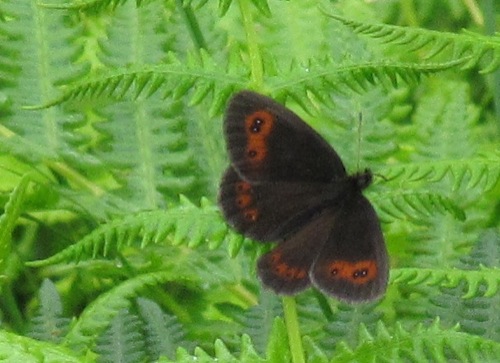
I uploaded this to the google image search, which gave me good feedback on my photo skills:

Google thinks my butterfly is a bear, dog or fish!
The addition of a few keywords nails it:
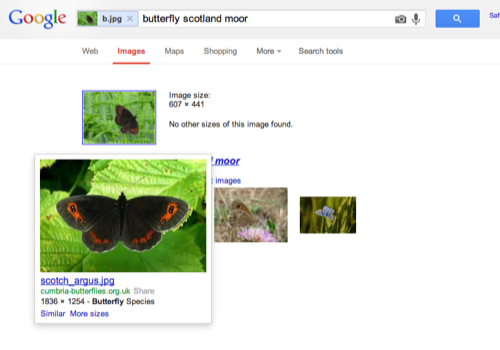
A google wrinkle worth teaching I think.
A while back I made a simple flickr search tool this is not as slick as some of the beautiful search tools out there but it was designed for pupils to use to get images to embed into their blogs and to create the attribution, clicking on a thumbnail gives this:
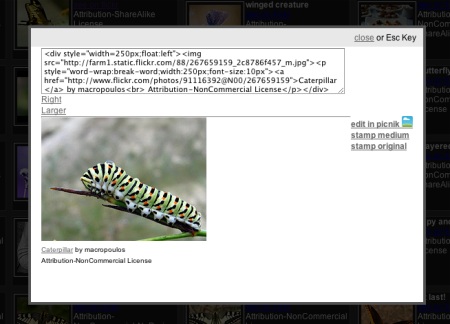
Which has a text box with the html code to embed the image and attribution, you can choose to align left of right and to use small or medium images.
The tool if far from perfect an needs quite a lot of work but it has proved useful to quite a few folk and I believe used in glow training by LTS. Recently at the suggestion of a fellow ADE I added a more somber style to the rather bright colours I had used (a link at the top right of the page toggles the styles and sets a cookie to remeber your preferences).
At the Scottish Learning festival I was delighted to see Neil Winton‘s pupils using my tool and working with the images. This gave rise to the thought that it might be useful to create images that could be used without the embed code that show attribution. I’ve added a feature, above you can see stamp medium and stamp original links. Clicking on these will produce an image with the attribution stamped on.

my crop
So I am wondering would this be useful in your class and two, is this legal (stamping a No Derivs photo? ) and is the wording (Flickr photo by name – license) and I would appreciate your comments on both of these questions.